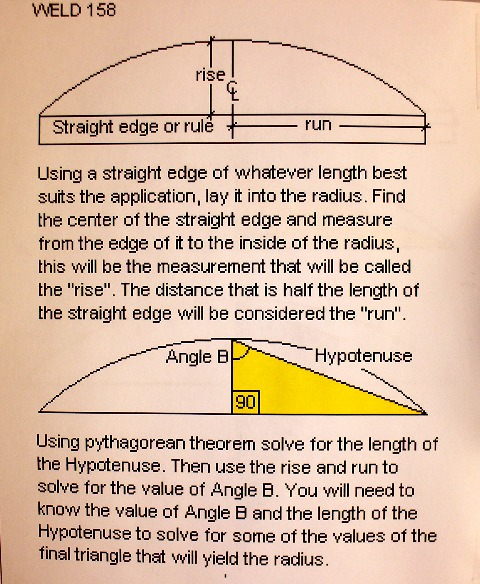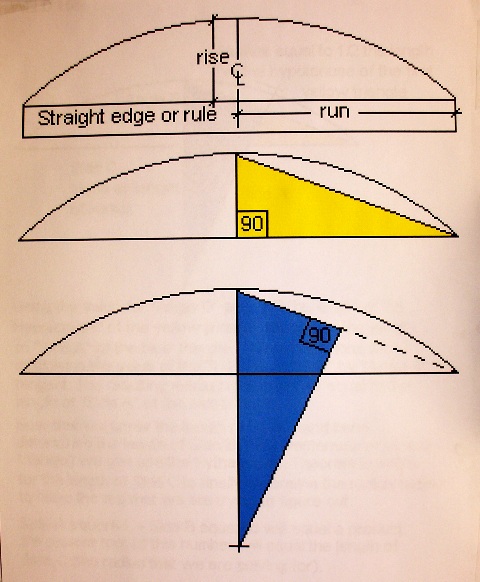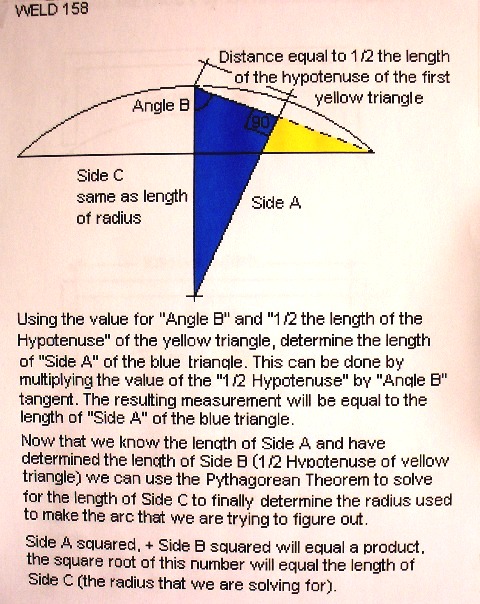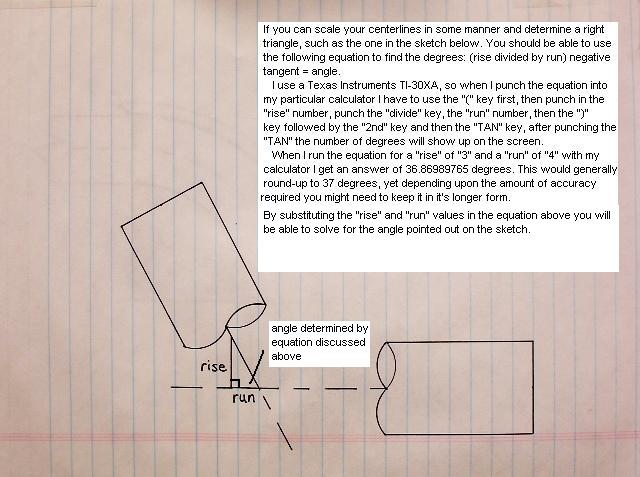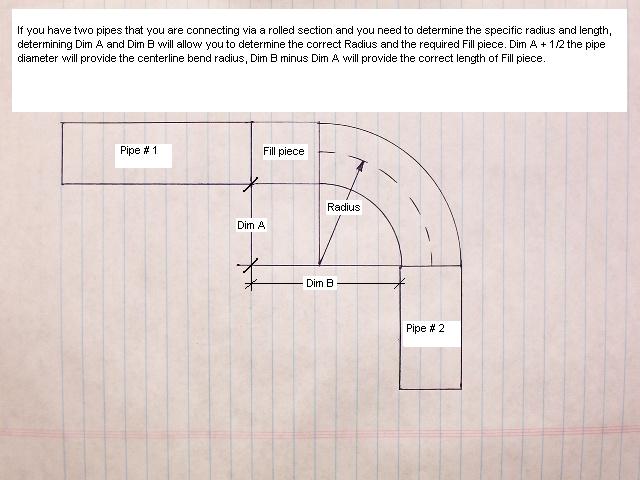
I followed along perfectly, been some time since I've worked using the Imperial system, but it is more simple to understand looking at it through metric.
Try to understand that being American does not mean that you are born in the U.S. of A. for other people. I'm Canadian as well as being American, and the Metric system I've had to chew since 1977.
If I was to offer any advice to your students tell them that the math is the most important, and the formula or equation of a rolling offset, displacement of axis are very hard to dominate when they are compounded. Measure twice, cut once(can you see it¿!?).
The best lesson I've learned, cut when you see it!!
if not broom :)

